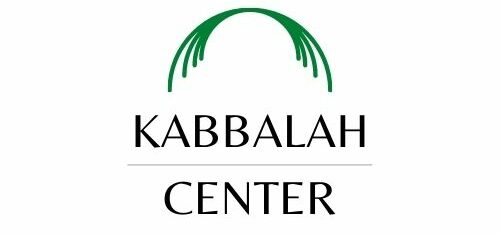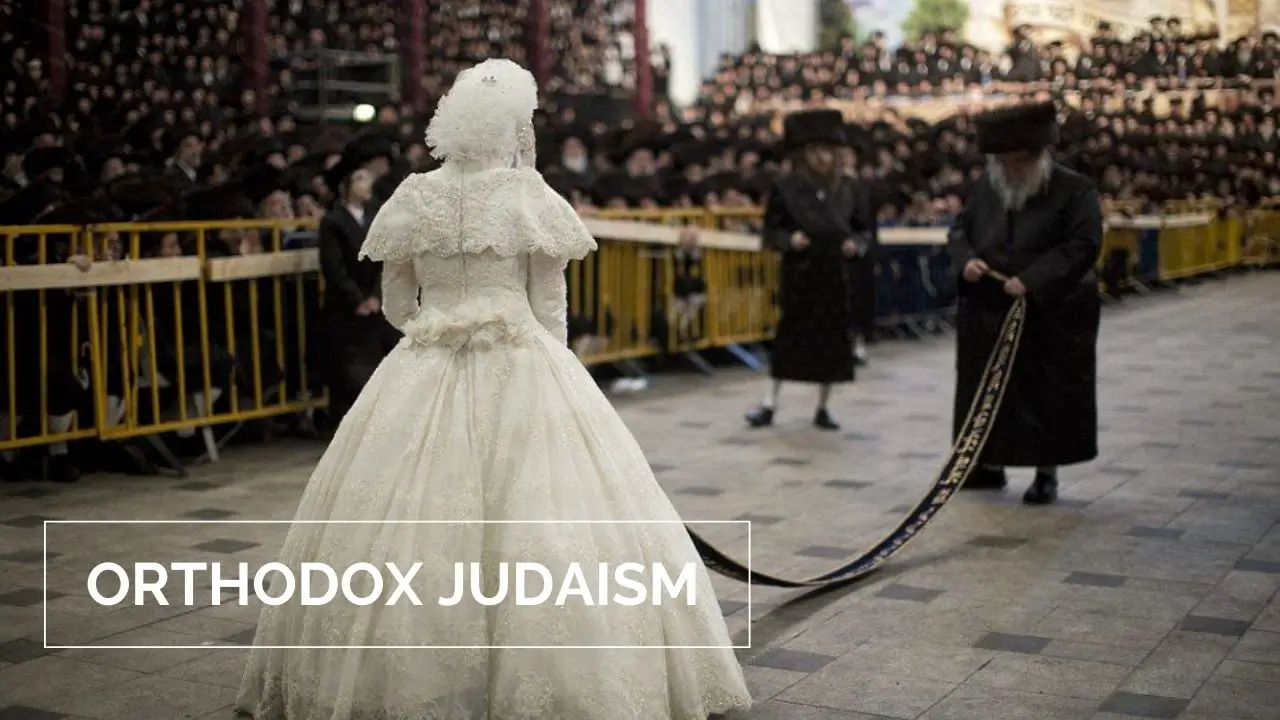During the last millennium and up until the nineteenth century, the Orthodox Judaism beliefs branch was by far the most prevalent. In most places, in fact, it was the only type of Judaism that existed.
While there was some diversity within the Orthodox Judaism branch—between the Sephardim and the Ashkenazim-the theology among the different groups was essentially the same.
What ultimately did lead to divisions within Judaism were the differing perceptions about the Halakah (the laws and rules Jews are obliged to follow) and the Torah.
The essential principle governing Orthodox Judaism is Torah “min Hashamayim”. This means that the Torah, both Written Law (Scriptures) and Oral Law (rabbinic interpretation and commentaries), is conclusive.
It is directly derived from God and must be obeyed. Orthodox Jews lead a mitzvah-centered life. There is not much room for individual discretion regarding which mitzvot (commandments to be fulfilled) need to be obeyed or how they should be practiced.
Synagogue services are conducted in Hebrew, and men and women sit separately. Women are not ordained as rabbis, nor do they count in a minyan (the group of ten necessary for public prayer in Jewish tradition).
While the synagogue is the domain of men, women clearly have dominion over the home. The tasks of following kashrut (dietary laws) and the mitzvot concerning Shabbat (the Sabbath) largely fall upon Orthodox females.
In addition, women are primarily responsible for ritual purity and for faithfully upholding the laws of niddah (regarding the separation of a husband and wife during the wife’s menstrual period).
Today, several different groups within Orthodox Judaism share common fundamental beliefs.
The best known of these groups is probably the ultra-Orthodox, which includes the Hasidim. These Jews obey Halakah in a closed society, where the entire community follows the same observances and rituals.
This is not as difficult as doing so while living in an open society where the prevalent customs and habits are different. It is easy to close your business on Saturday for Shabbat in a community where no business would be conducted that day in any event. This explains why many ultra-Orthodox communities, particularly the Hasidim, are so insular.
By contrast, the modern Orthodox are integrated in contemporary society while still observing Halakic laws. Modern Orthodox must be consistently vigilant in maintaining a balance as they live and work in contemporary society.
When Jews were segregated in ghettos or the “pale of settlement” (regions in Russia that were designated for Jews to inhabit), they had no access to secular society Therefore, they led their lives according to the customs that had been practiced for generations before them.
As the Enlightenment spread through Europe in the seventeenth and eighteenth centuries, many societies began to open at least some of their doors to Jews. Suddenly, particularly after the effects of emancipation in Germany in the nineteenth century, Jews had choices and alternatives. They had access to new ideas and new occupations; the barriers that had encased their closed society were broken down.
Strict observance of Halakah made integrating into secular society difficult, if not outright impossible. Moreover, many Jews incorporated aspects of the Enlightenment into their own way of thinking. The concept of divinely revealed commandments and the stress on ethnocentric ran contrary to so-called enlightened ideas. Such were the circumstances that brought forth Reform Judaism.


